Mudbrick architecture in Egypt echoes with memory. It is a testament to Egyptian architectural history, and a witness to the years of social, political, and economic transformation.
The earthen architecture of mudbrick was commonly used in ancient Egypt — to shelter the living and protect the dead. The unfired brick, which was mainly made from mud, river, or desert clay, was employed as a building material for domestic, funerary, and religious architecture.
Though stone architecture was also quite popular in ancient Egypt, mudbrick architecture constituted more advantages, including being easy to construct and providing more comfortable and adaptable living and working environments.
It is also a low-energy consuming and environmentally-friendly form of construction that is capable of keeping room temperatures relevantly stable through the changing seasons—a useful asset in the battle against pollution and climate change.
To shed light on the process of change, loss, and preservation of the mudbrick heritage, a multidisciplinary team, including Egyptians and non-Egyptians, funded by the American Research Centre in Egypt (ARCE) traveled to Naqada, Qift, and Qus in the Qena governorate to record their historical mudbrick houses.
“When we started documenting the mudbrick houses over a year ago, the weather was 55 degrees, and the heat was extreme,” explains Beit Zaman project manager, Luciana Carvalho. “People living inside the mudbrick house would invite us to come inside because it was incredibly cooler, although some people installed air conditioners, there was no use for it.”
Unfortunately, the essence of old mudbrick buildings failed in adapting to modern demands and urban expansion, which make the buildings less valuable—at a risk of being obsolete.
“We are pretty sure some of these mudbrick buildings will spread over time because of the newly emerged fashion, material, and requirements to build and sustain them,” explains Carvalho. “Yet people value these houses because they hold memories.”
The houses do not only attest to the grand history of Egyptian architecture, but they also represent the heritage and identity of the people who have lived in them for generations.
“These houses are worthy of remembrance, so documenting them is important. In the future, if these villages and houses become forgotten, the photographs will help people remember how they were,” Carvalho notes.
Here are some photos from the project, which can be followed on Facebook and Instagram.
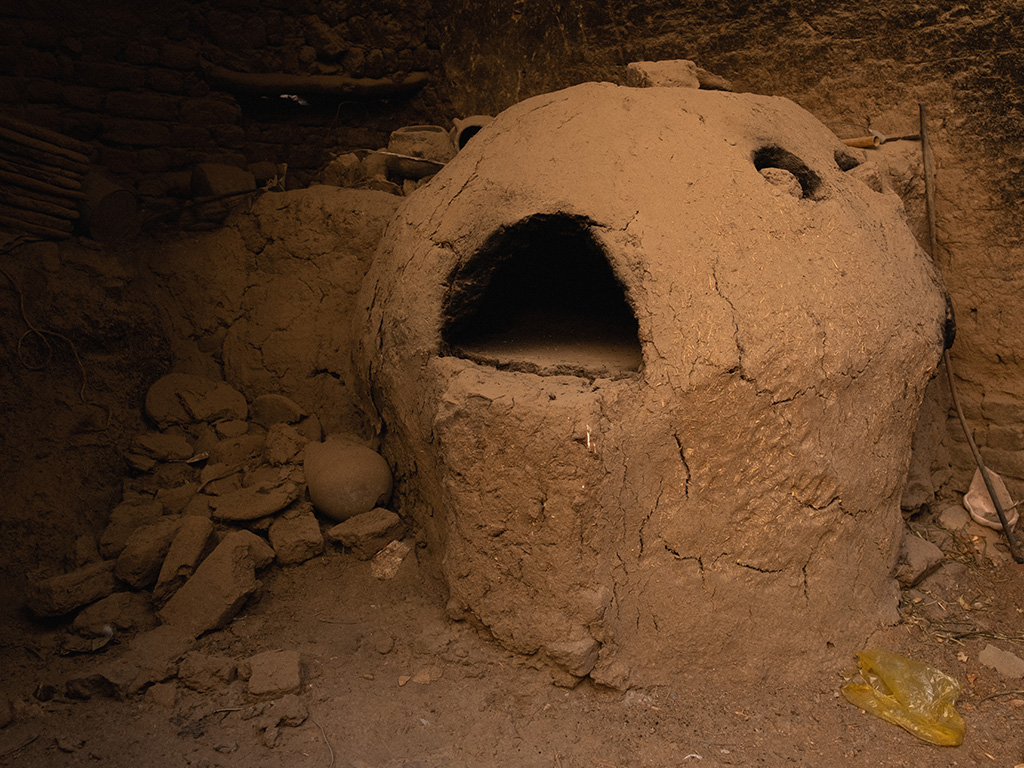

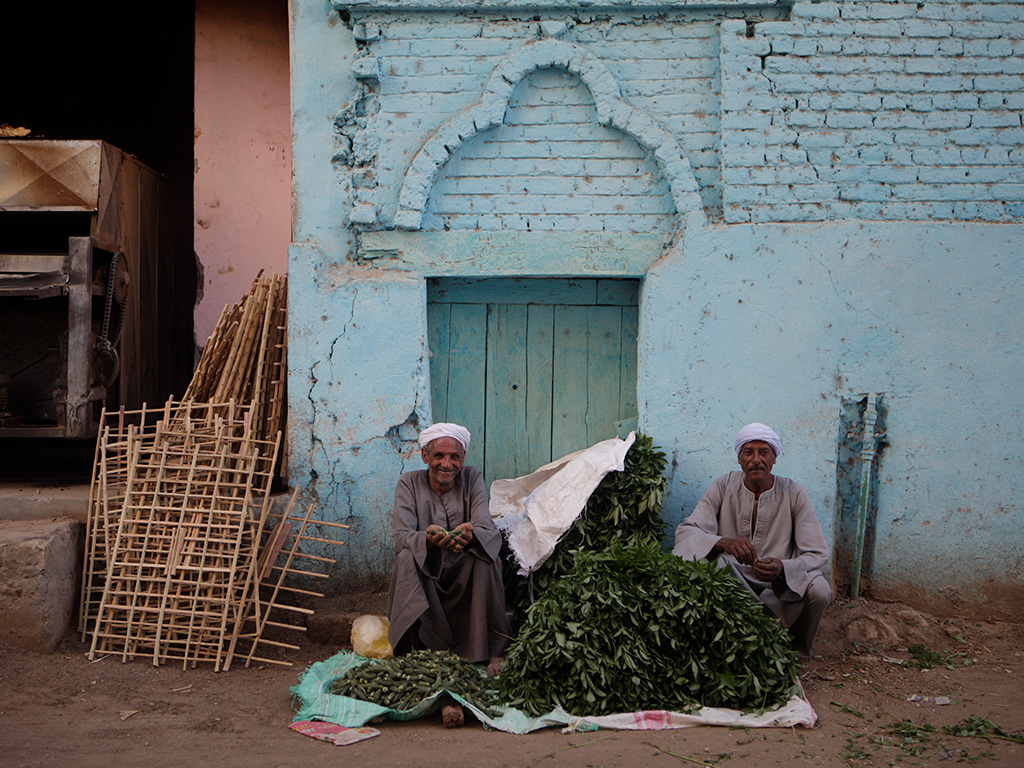
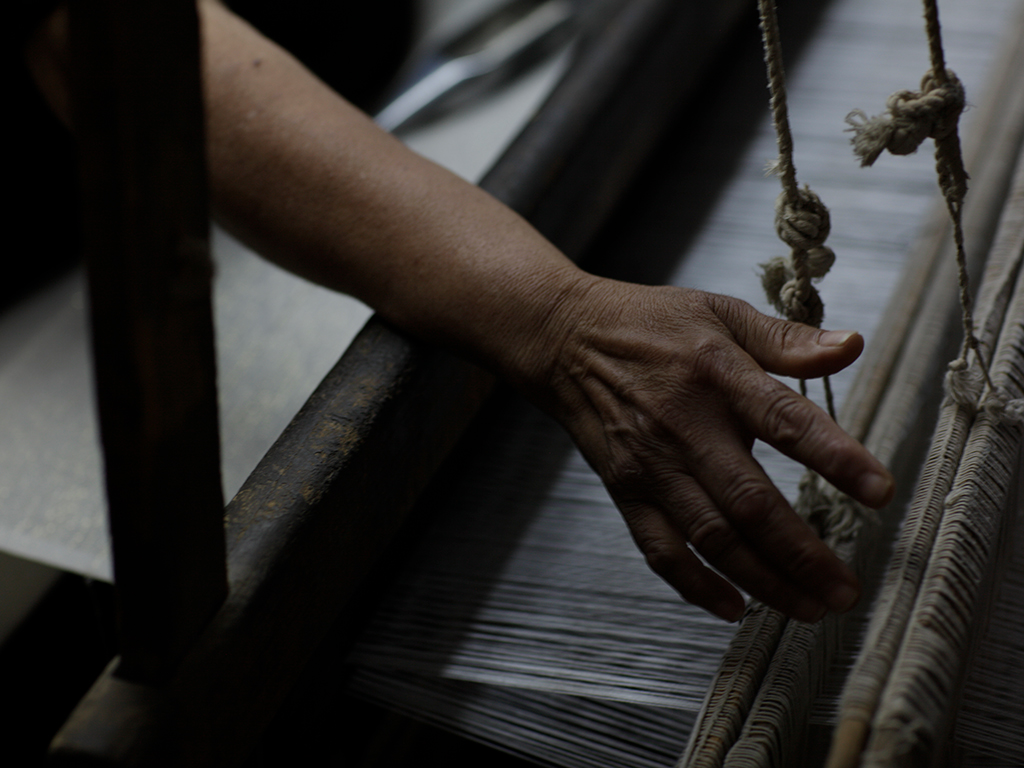
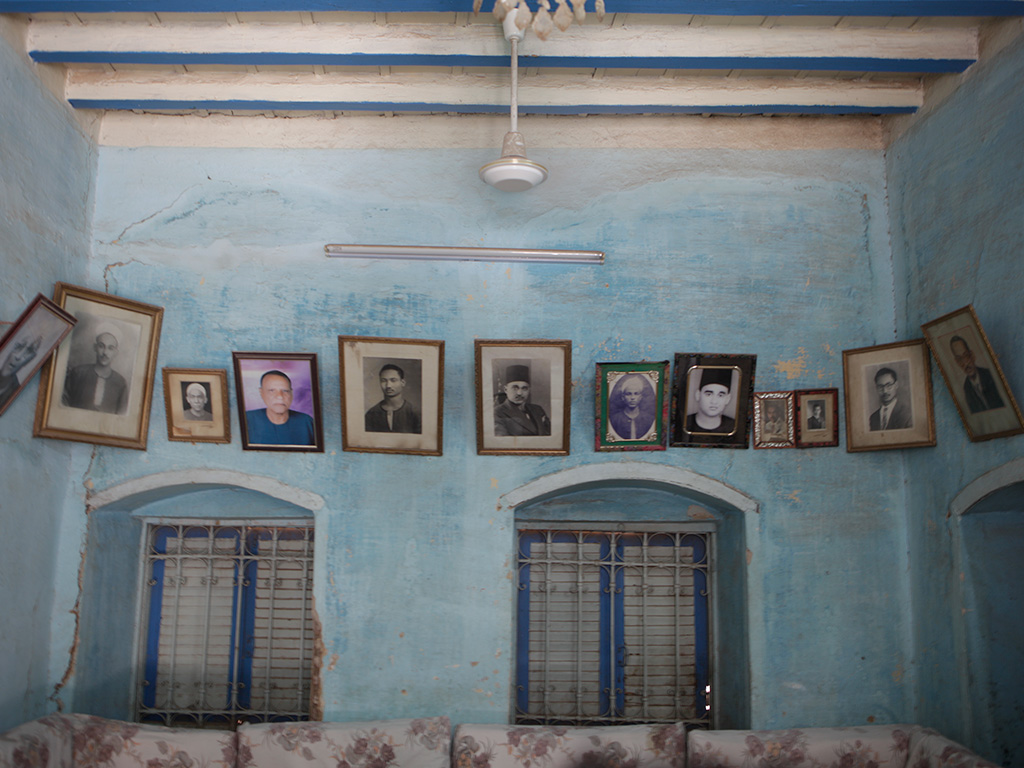
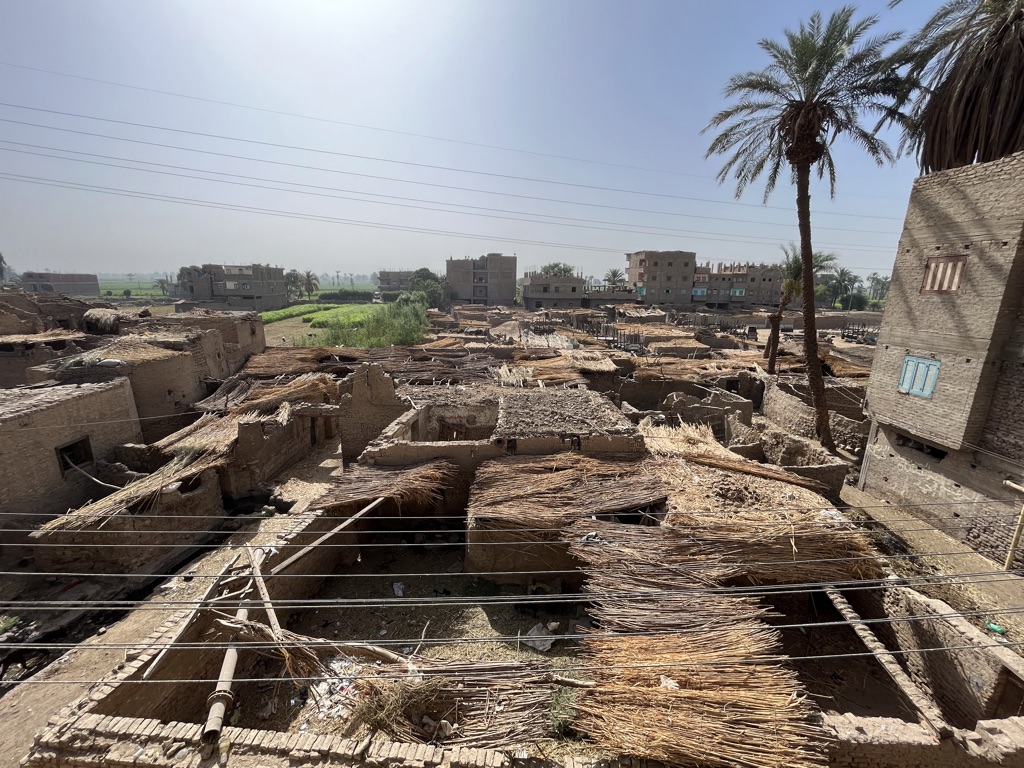








Comments (3)
[…] Beit Zaman: Celebrating Historical Mudbrick Architecture in Egypt Canada and the Netherlands Raise Syria Torture Claims with International Court of Justice […]
[…] Source link […]